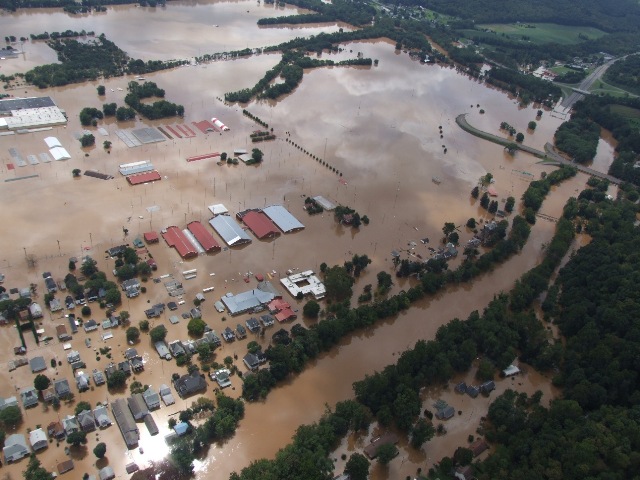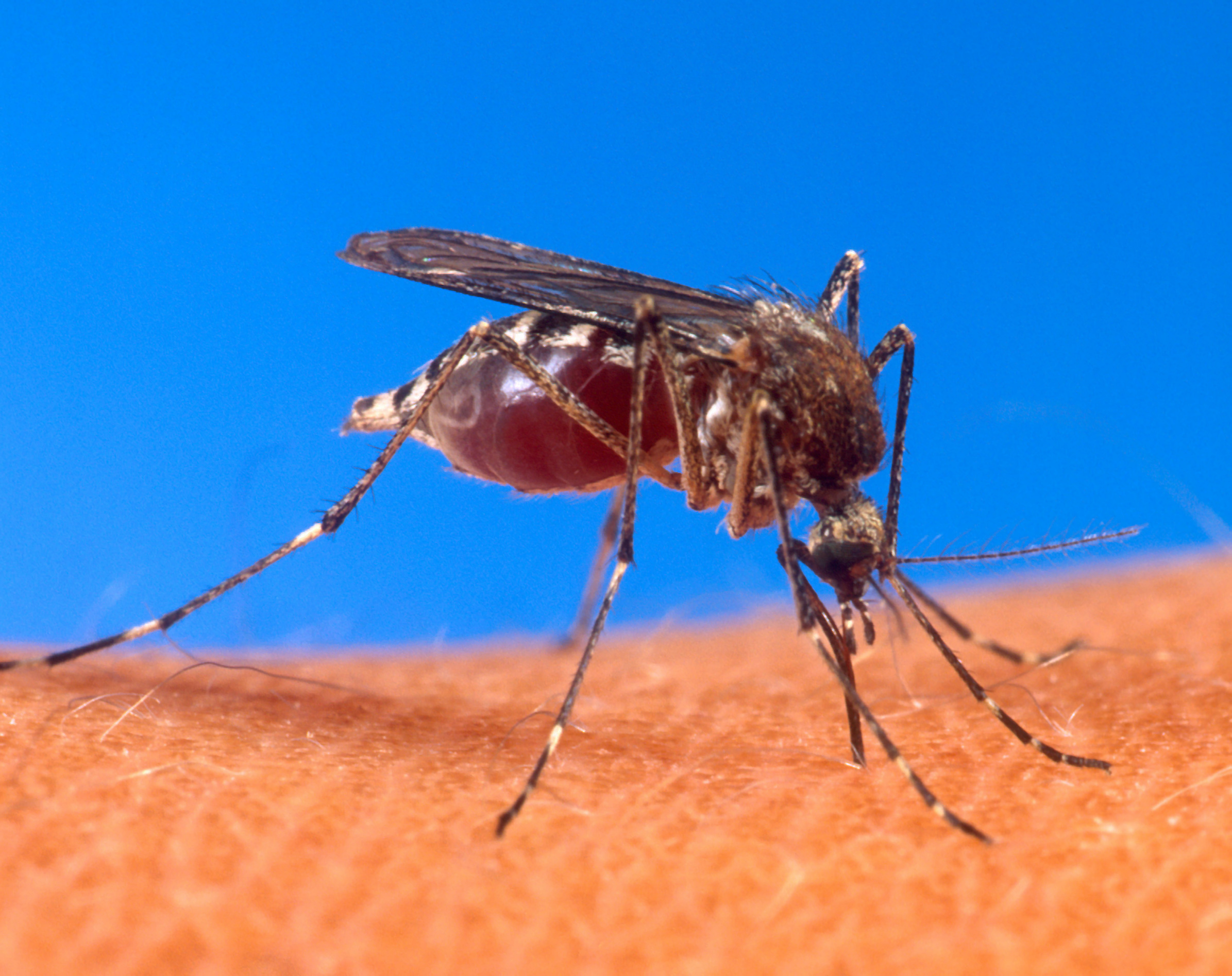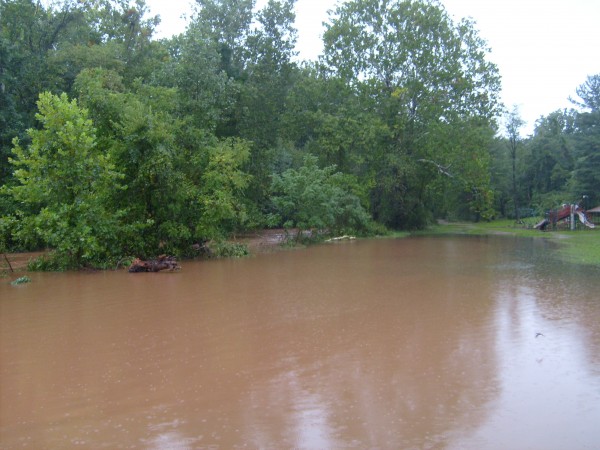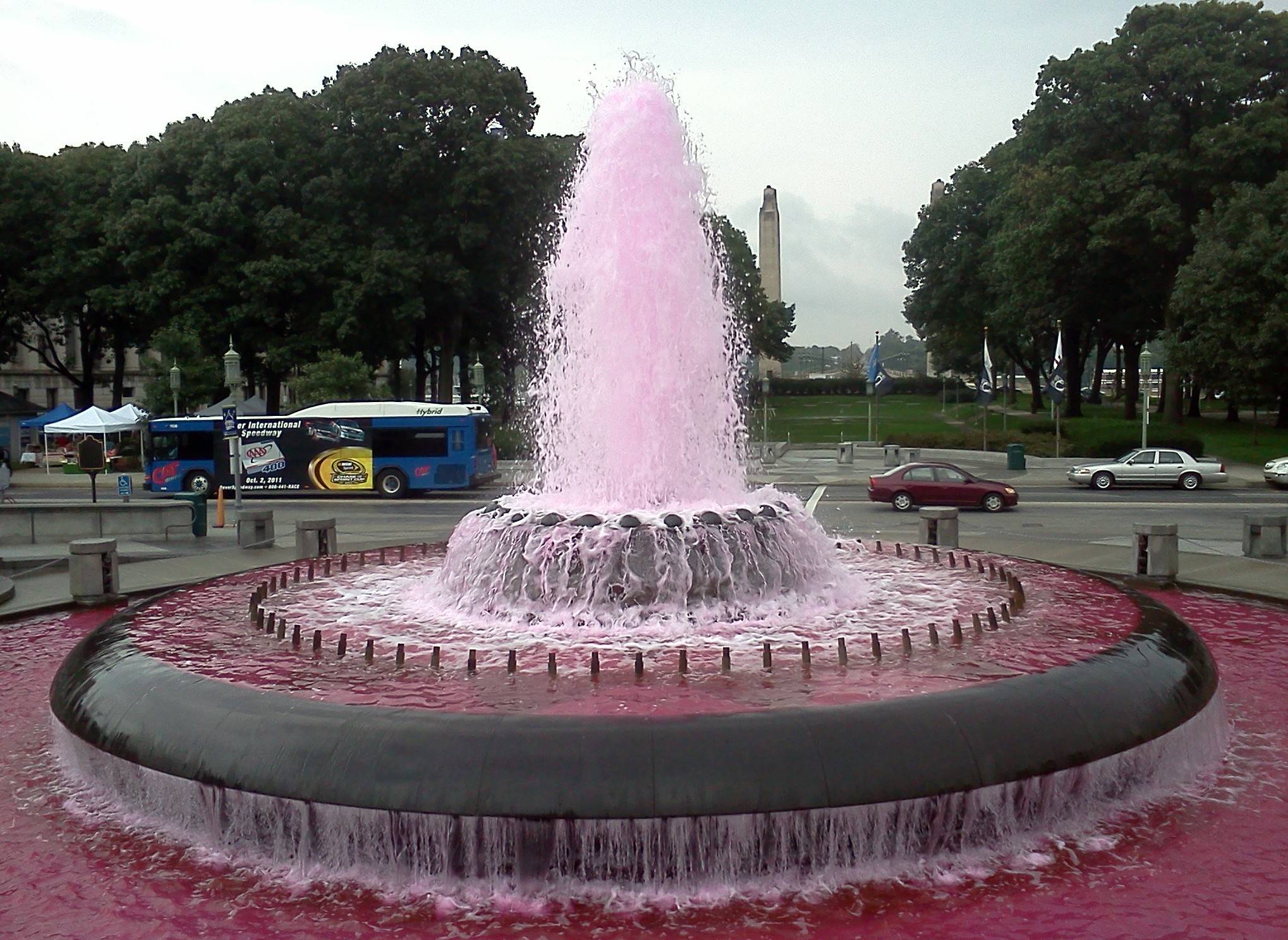Good News and Bad News for Fall Pheasant Stocking
The Pennsylvania Game Commission has some updated figures on the number of pheasants lost due to flooding. They’ve recovered about 8 to 9 thousand of the birds they thought were lost to flooding from Tropical Storm Lee. Those birds were still running around outside the holding pens. In addition, there was not quite as much damage to two of the agency’s game farms in Lycoming County as first feared.
Game Commission spokesman Jerry Feaser says the flooding at the Loyalsock and Northcentral game farms did not impact core equipment or resources they will need to ramp up pheasant production next year. They expect to take the number of birds to the 200,000 level.
Feaser says some of the buildings, like the hatcheries, just got a little flood water inside, and need clean up. For the most part, all of the mechanized and computerized equipment escaped damage. He says the barns, workshops, farm equipment and water lines in the fields were all relatively untouched.
However, because of the loss of about 31,000 pheasants, they’ll only be able to stock about 74 thousand birds this year. The commission had planned to stock just over 100,000.
***Photo of Ring Necked Pheasant by Joe Kosack/PGC Photo












